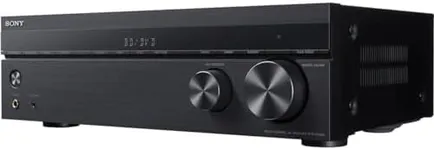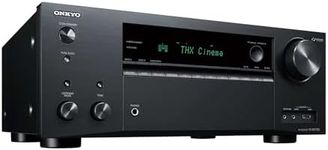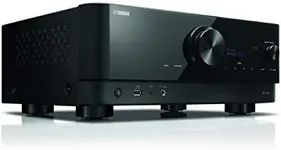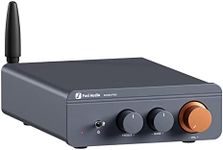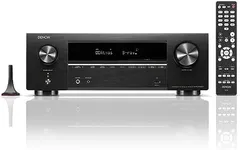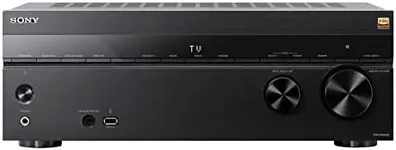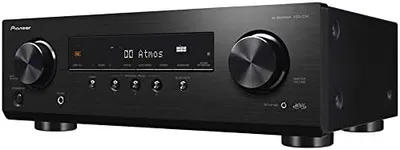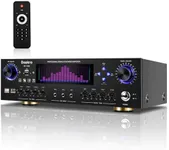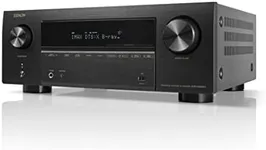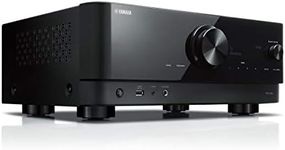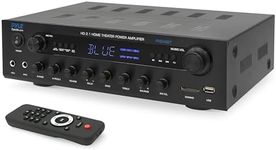Buying Guide for the Best Outdoor Stereo Receiver
Choosing the right outdoor stereo receiver can significantly enhance your outdoor entertainment experience. The key is to understand the various specifications and how they align with your specific needs. This guide will help you navigate through the essential features to consider when selecting an outdoor stereo receiver, ensuring you make an informed decision that best suits your requirements.Power OutputPower output, measured in watts, indicates how much power the receiver can deliver to your speakers. This is important because it affects the volume and clarity of the sound. For small to medium outdoor spaces, a receiver with 50-100 watts per channel is usually sufficient. For larger areas, you might need 100-200 watts per channel or more. Consider the size of your outdoor area and how loud you want the music to be when choosing the power output.
Weather ResistanceWeather resistance is crucial for outdoor stereo receivers as they need to withstand various weather conditions like rain, humidity, and extreme temperatures. Look for receivers with an IP (Ingress Protection) rating, which indicates their level of protection against dust and water. An IP rating of at least IPX4 is recommended for outdoor use. If you live in an area with harsh weather conditions, consider a higher IP rating for better durability.
Connectivity OptionsConnectivity options determine how you can connect your devices to the receiver. Common options include Bluetooth, Wi-Fi, and wired connections like RCA or optical inputs. Bluetooth and Wi-Fi are convenient for wireless streaming from smartphones or tablets. If you plan to connect multiple devices or use streaming services, ensure the receiver supports these features. Choose the connectivity options based on how you plan to use the receiver and the devices you own.
Number of ChannelsThe number of channels refers to how many speakers the receiver can support. A 2-channel receiver can power two speakers, while a 5.1-channel receiver can support five speakers and a subwoofer. For simple setups, a 2-channel receiver might be enough. For more immersive sound or larger areas, consider a receiver with more channels. Think about your current and future speaker setup when deciding on the number of channels.
Audio QualityAudio quality is determined by the receiver's ability to reproduce sound accurately and clearly. Look for features like high-resolution audio support, low Total Harmonic Distortion (THD), and a good Signal-to-Noise Ratio (SNR). These specifications ensure that the sound is clear and free from distortion. If you are an audiophile or simply want the best sound experience, prioritize receivers with higher audio quality ratings.
Ease of UseEase of use includes the receiver's interface, remote control, and setup process. A user-friendly receiver will have an intuitive interface, clear instructions, and a responsive remote control. Some receivers also offer app control for added convenience. If you are not tech-savvy, look for a receiver that is easy to set up and operate. Consider how comfortable you are with technology and choose a receiver that matches your comfort level.

